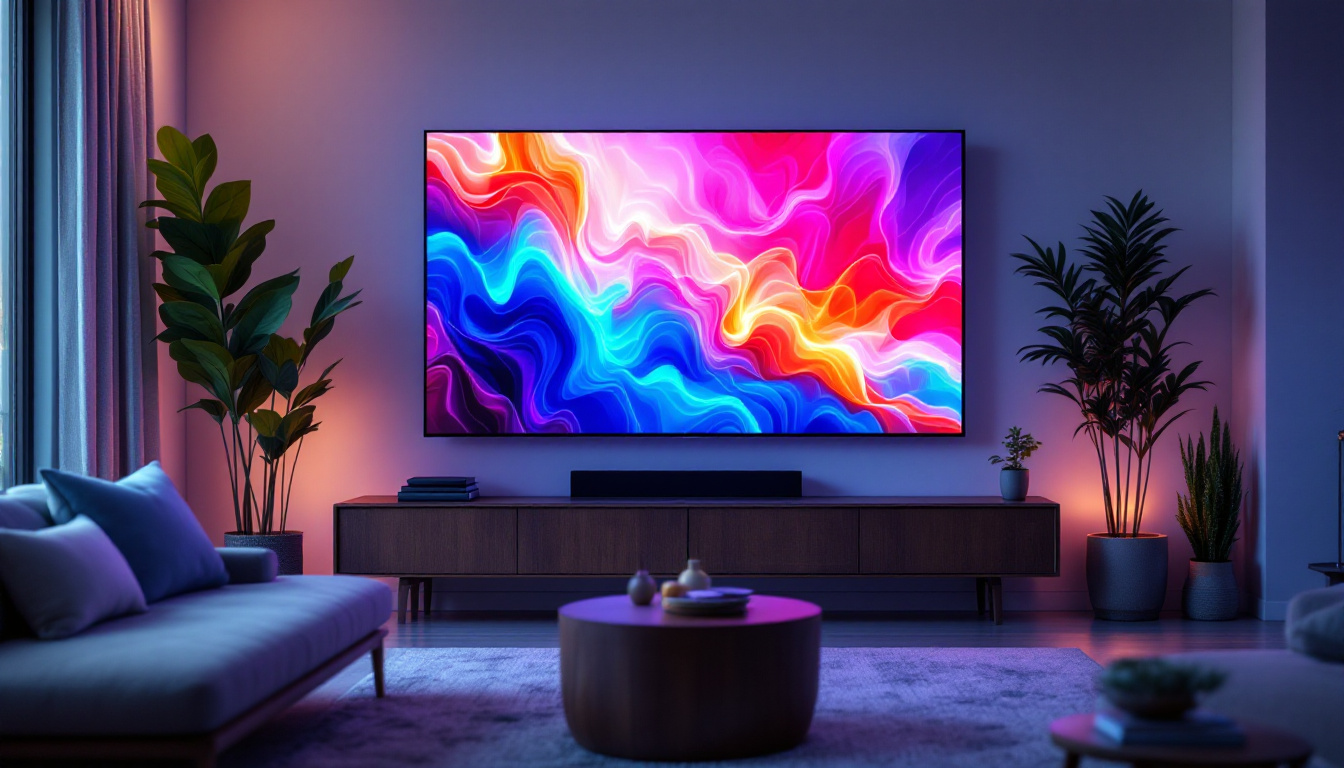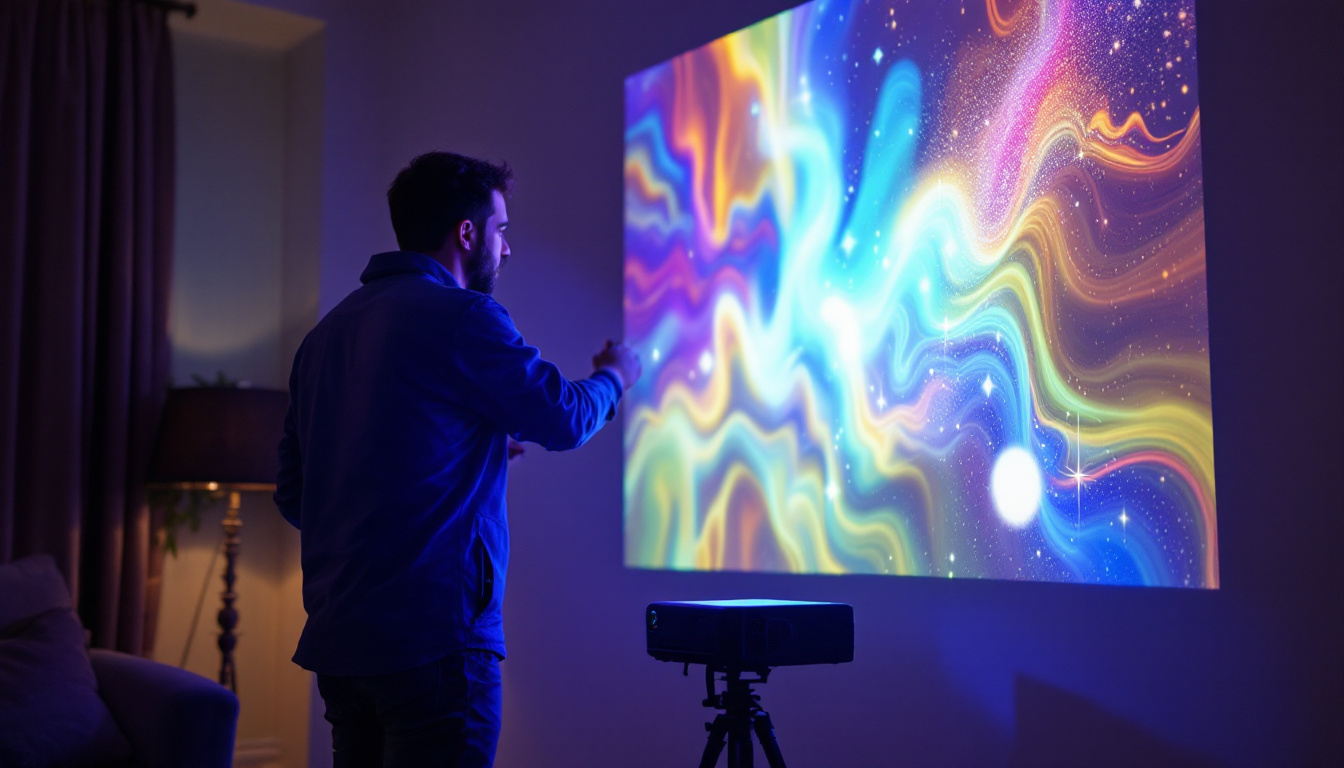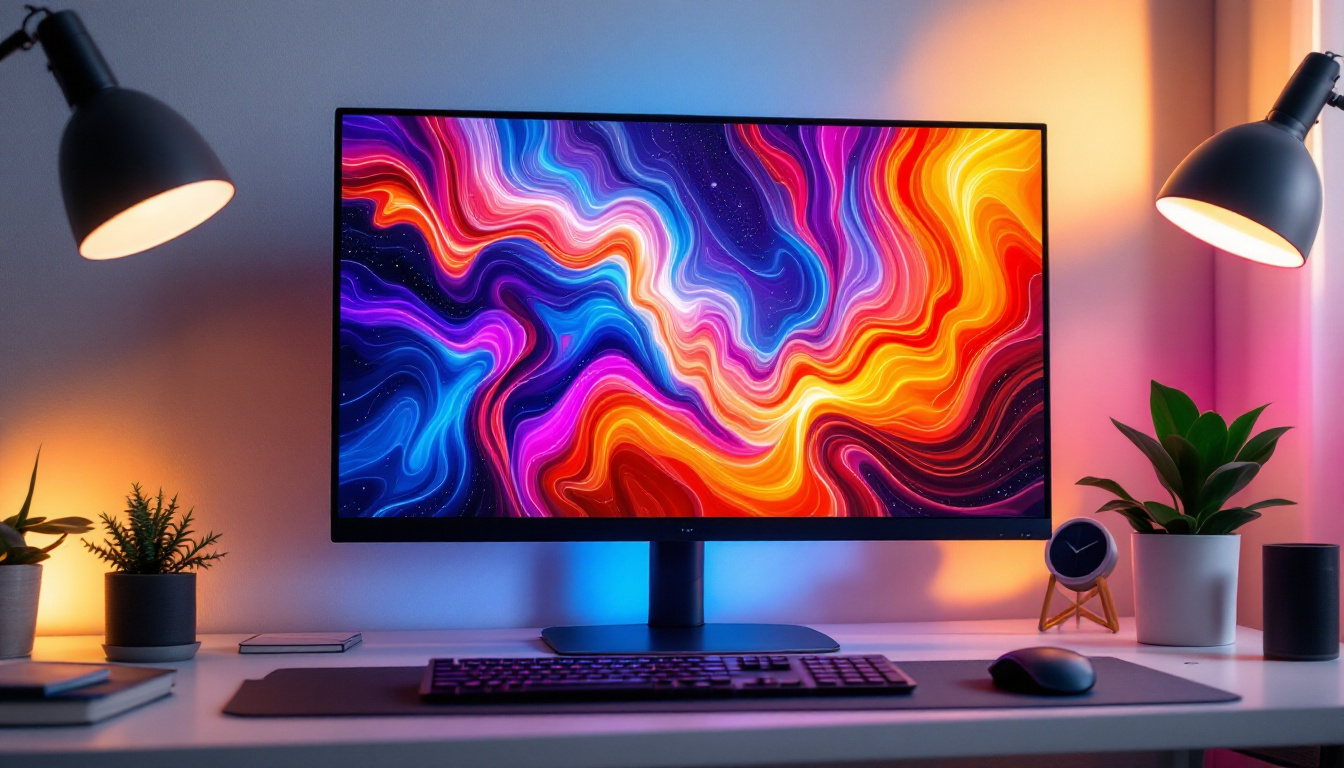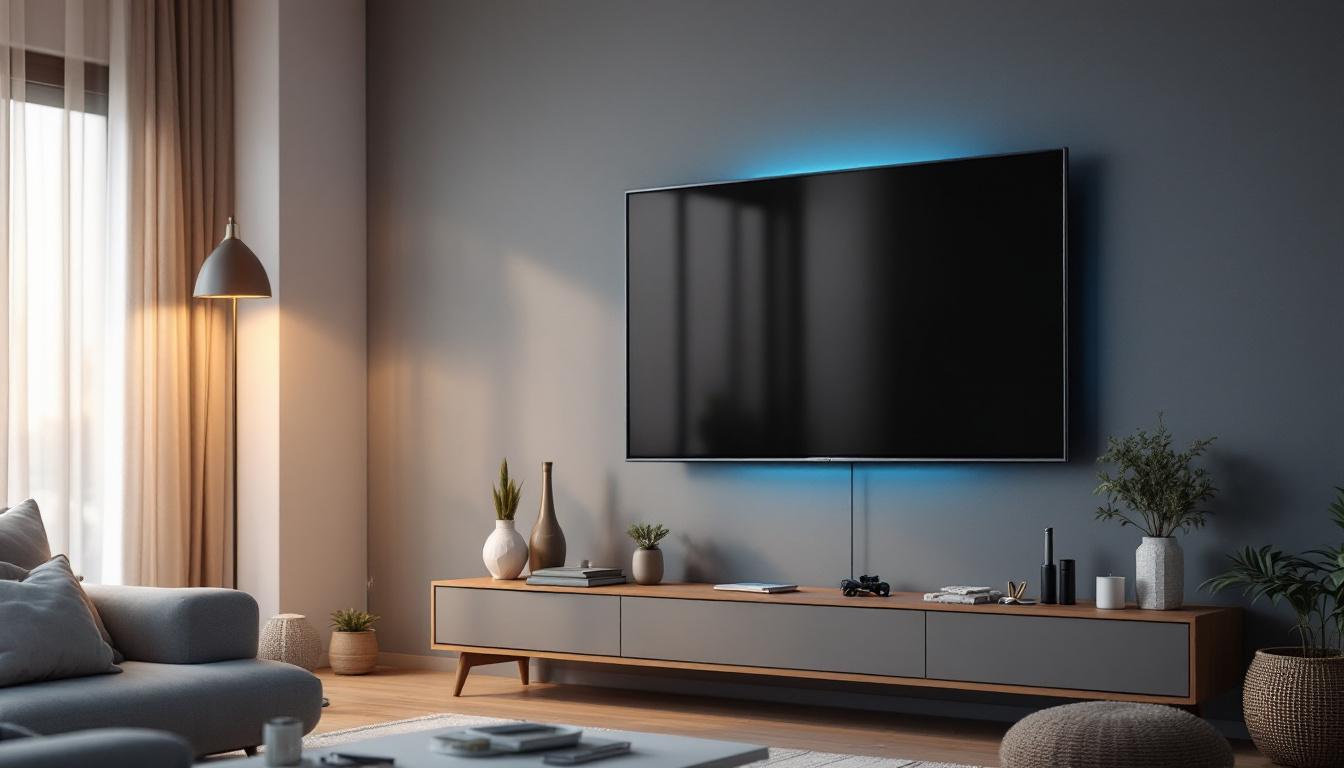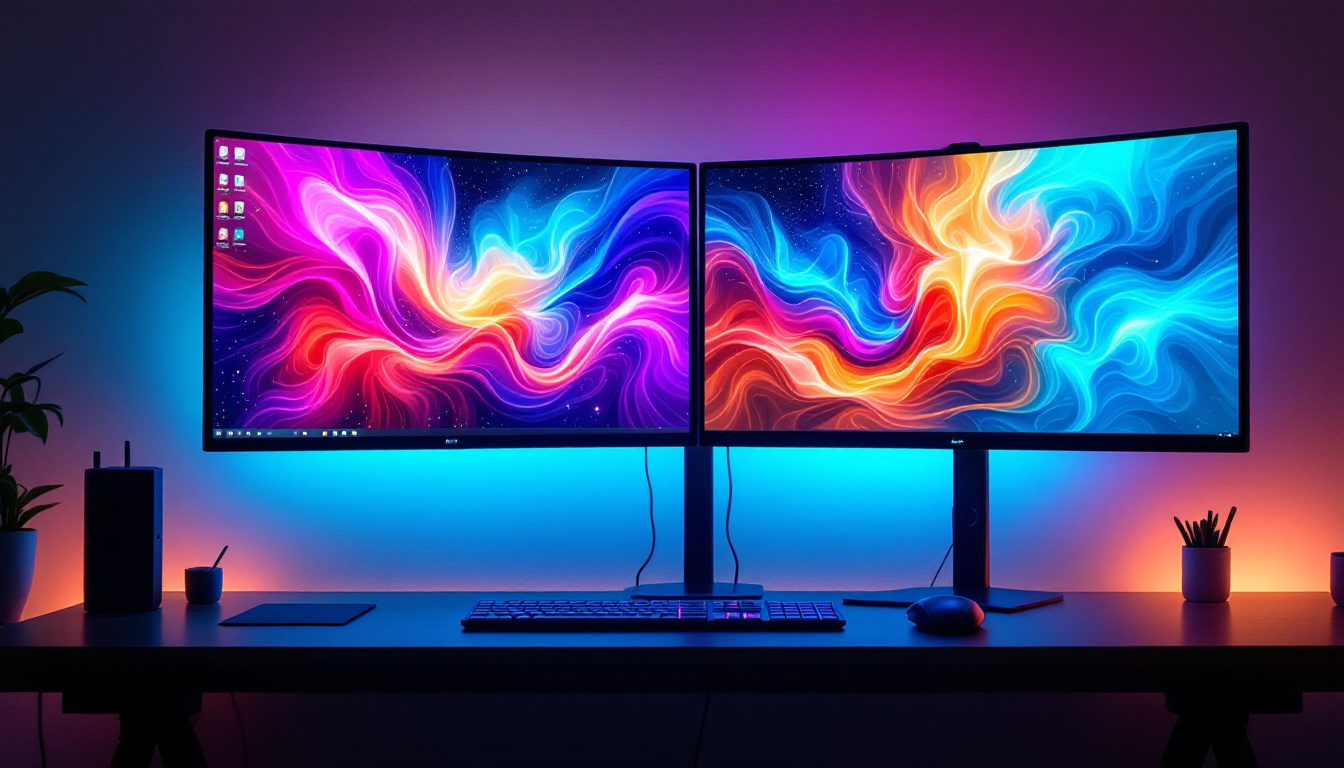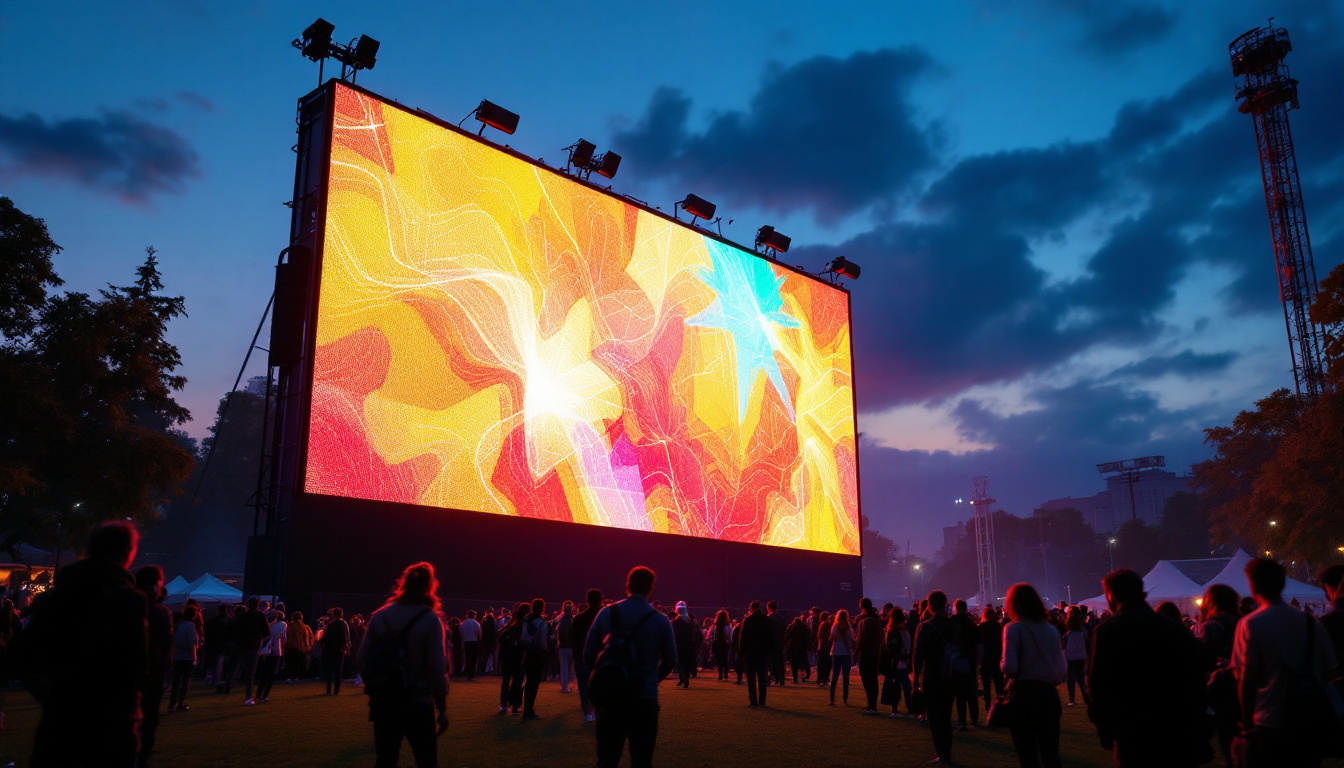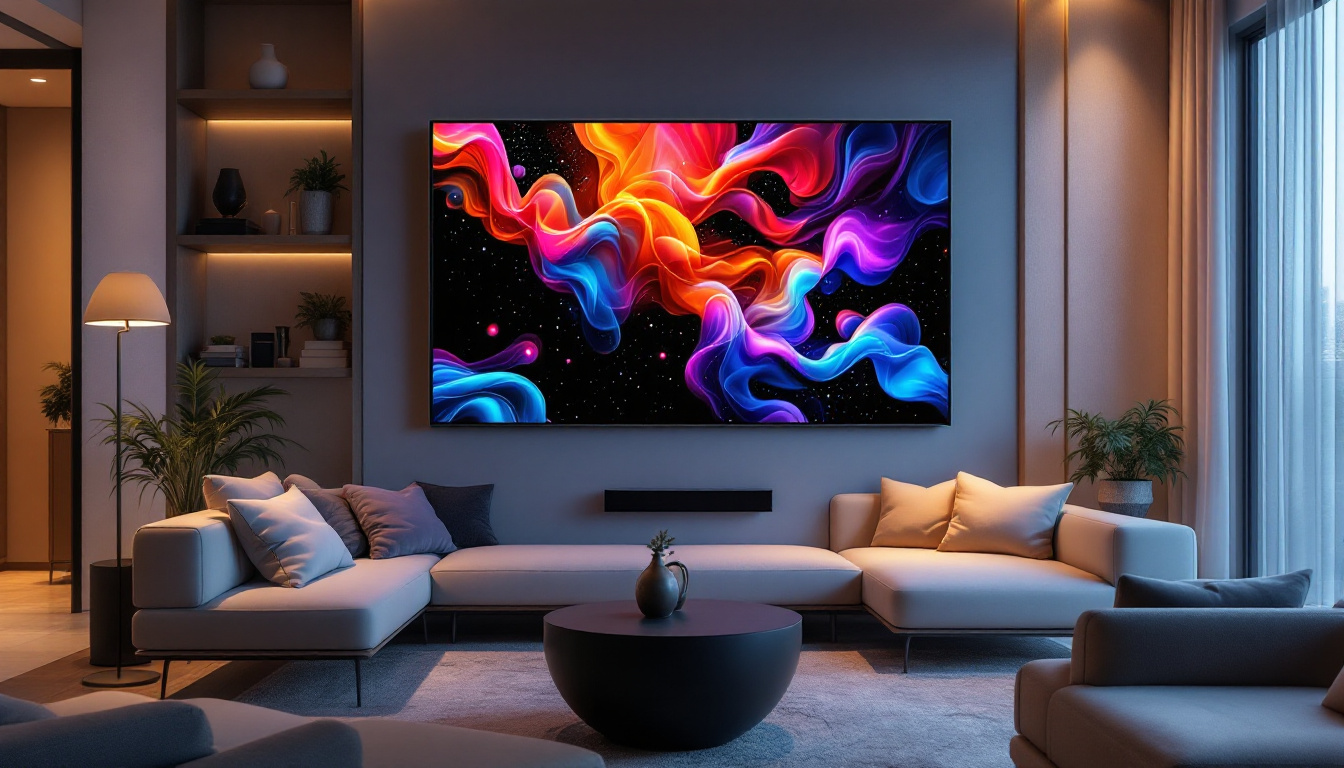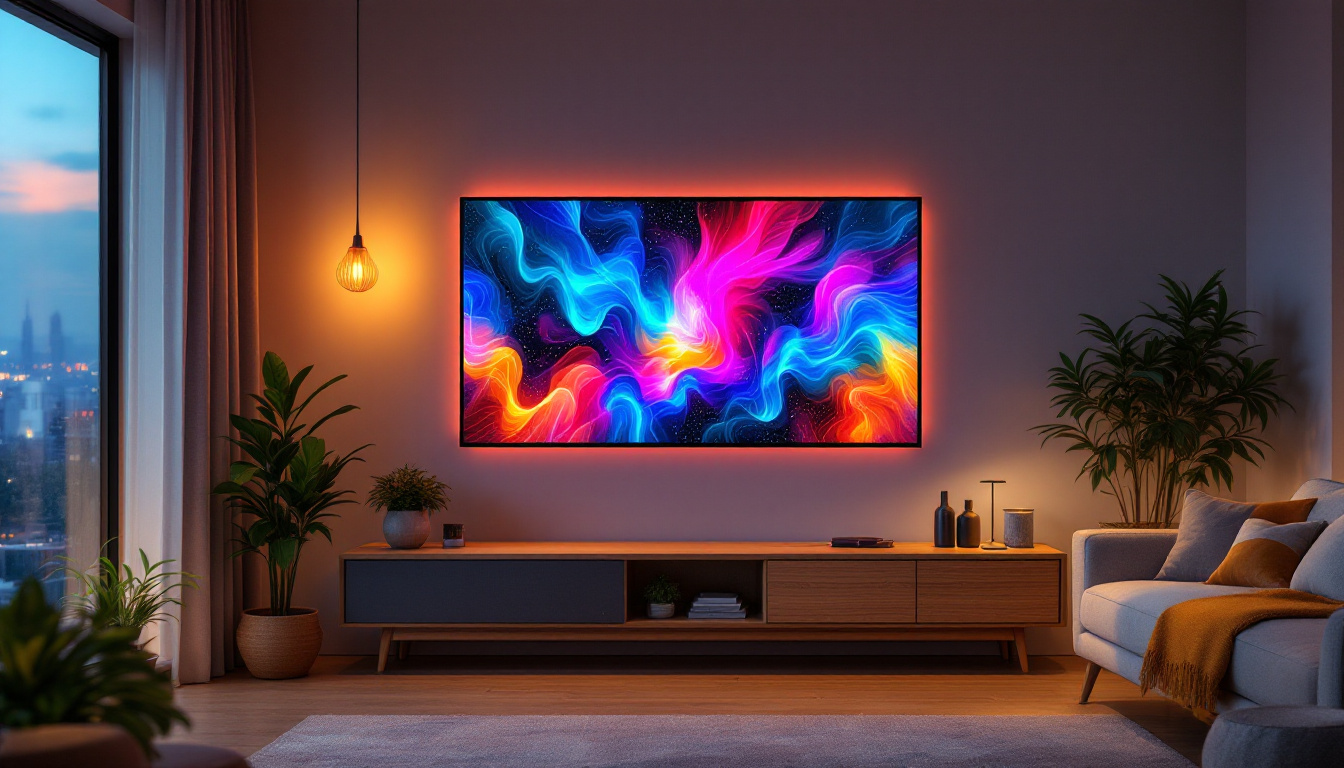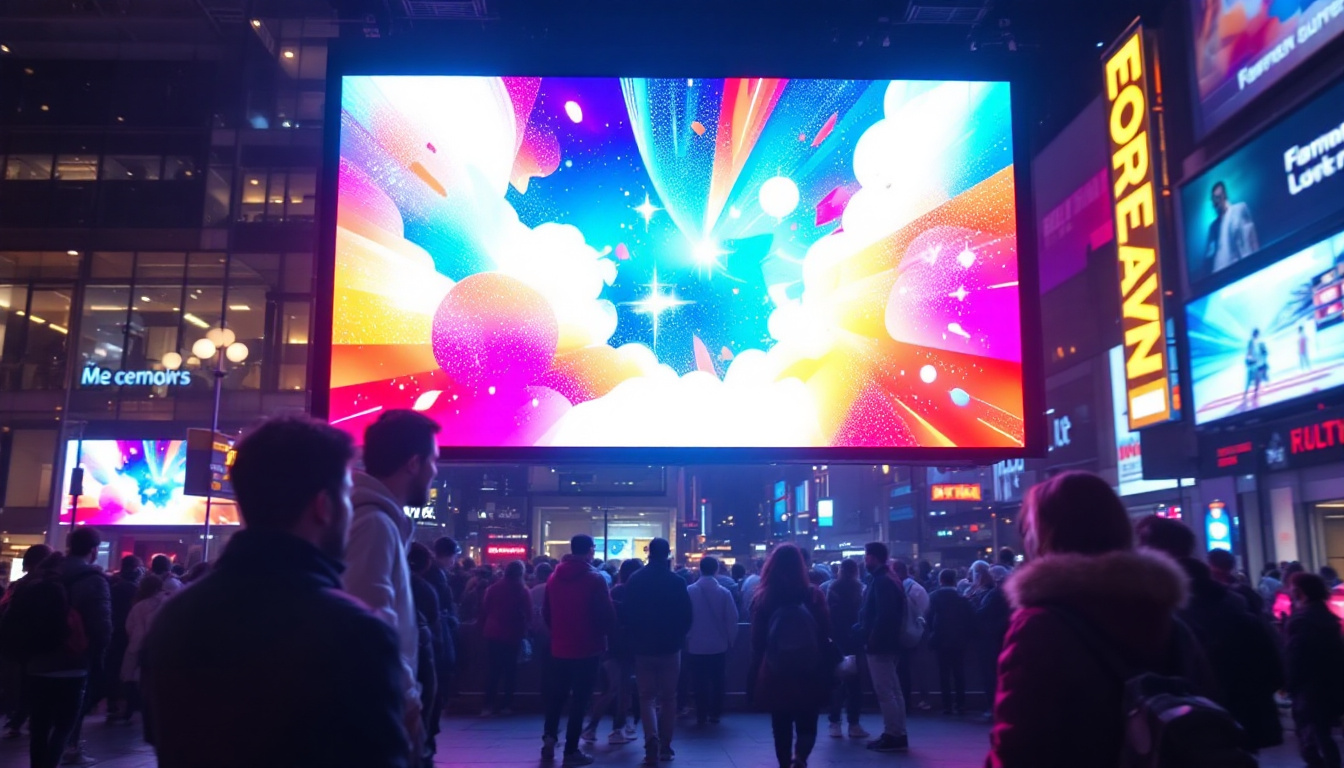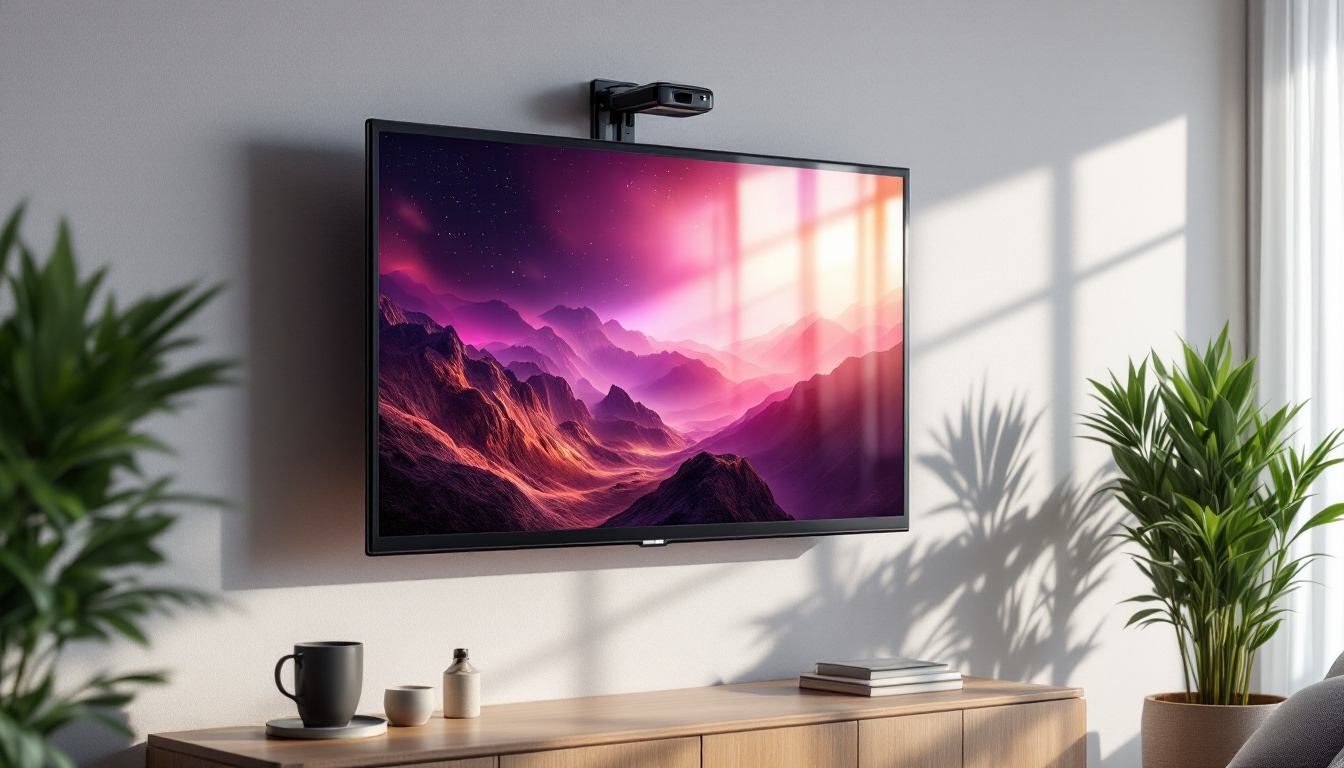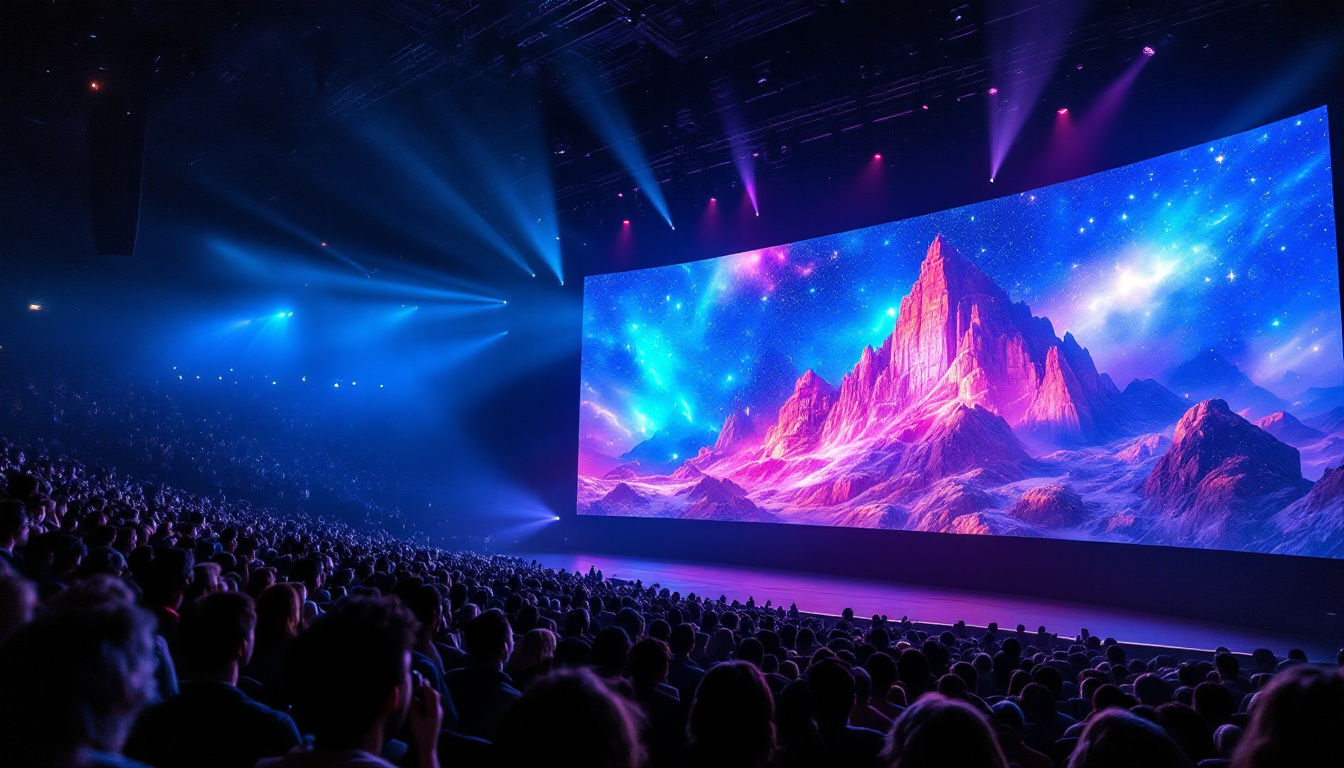Different Types Of TV Screens: LED Display Explained
In the ever-evolving world of television technology, understanding the different types of TV screens can be quite a challenge. With a plethora of options available, consumers often find themselves overwhelmed by the choices. Among these technologies, LED (Light Emitting Diode) displays have gained immense popularity due to their vibrant colors, energy efficiency, and slim designs. This article delves into the various types of TV screens, with a particular focus on LED technology, its advantages, and how it compares to other display types.
Understanding LED Technology
LED technology has revolutionized the television viewing experience. Unlike traditional LCD screens that use fluorescent backlighting, LED TVs utilize small diodes to produce light. This results in better brightness, contrast, and energy efficiency. The term “LED TV” is often used interchangeably with “LCD TV,” but it is important to note that the backlighting method distinguishes them.
How LED Displays Work
LED displays function by using a matrix of tiny diodes that emit light when an electric current passes through them. These diodes can be arranged in various configurations, allowing for different types of LED TVs. The most common configurations include edge-lit and full-array backlighting. Edge-lit LED TVs have diodes placed along the edges of the screen, while full-array models feature a grid of diodes behind the entire screen, providing more uniform lighting and better contrast. This technology enables local dimming, where specific areas of the screen can be dimmed or brightened independently, enhancing the overall picture quality, especially in scenes with high dynamic range.
Benefits of LED Displays
One of the primary advantages of LED displays is their energy efficiency. They consume significantly less power compared to older technologies, making them a more environmentally friendly option. Additionally, LED TVs offer superior brightness and color accuracy, resulting in a more immersive viewing experience. Their slim design also allows for a sleek aesthetic that fits well in modern living spaces. Furthermore, LED technology has advanced to include features such as HDR (High Dynamic Range), which expands the range of colors and contrast levels, allowing viewers to experience more lifelike images. This makes LED TVs particularly appealing for watching movies and playing video games, where visual fidelity is paramount.
Common Misconceptions
Despite their popularity, there are several misconceptions surrounding LED technology. Many consumers mistakenly believe that LED TVs are entirely different from LCDs. In reality, LED is a type of LCD that uses LED backlighting. Another common myth is that all LED TVs offer the same picture quality, when in fact, the quality can vary significantly based on factors such as panel type and processing technology. For instance, OLED (Organic Light Emitting Diode) technology, while not an LED TV, is often compared due to its ability to produce deeper blacks and more vibrant colors, leading to confusion among consumers. Additionally, some believe that higher resolution guarantees better picture quality, but the performance of the TV’s processor and the quality of the source material also play crucial roles in the viewing experience.
Types of LED Displays
LED displays can be categorized into various types, each with its unique features and benefits. Understanding these types can help consumers make informed decisions based on their viewing preferences and needs.
Edge-Lit LED TVs
Edge-lit LED TVs are among the most common types found in households today. As mentioned earlier, these models have LED diodes placed along the edges of the screen. This configuration allows for a thinner design, making them ideal for wall mounting. However, edge-lit TVs may struggle with uniform brightness, particularly in darker scenes, as the light is not evenly distributed across the screen. Additionally, the viewing angles can sometimes be limited, leading to color distortion when viewed from the side. Despite these drawbacks, edge-lit models are often more affordable, making them a popular choice for budget-conscious consumers who still desire a sleek and modern aesthetic in their living spaces.
Full-Array LED TVs
Full-array LED TVs, on the other hand, feature a grid of LEDs behind the entire screen. This design allows for more precise control of local dimming, resulting in deeper blacks and improved contrast. While they tend to be thicker than edge-lit models, the enhanced picture quality often justifies the trade-off for avid viewers. Full-array LED TVs are particularly beneficial for watching movies in dark environments, where contrast is crucial. Moreover, many full-array models come equipped with advanced features like HDR (High Dynamic Range), which further enhances the viewing experience by providing a wider range of colors and brightness levels. This makes them an excellent choice for gamers and film enthusiasts who crave a more immersive experience.
OLED vs. LED
While LED displays are popular, OLED (Organic Light Emitting Diode) technology has emerged as a formidable competitor. Unlike LED TVs, OLED screens do not require a backlight. Each pixel emits its own light, allowing for perfect blacks and exceptional color accuracy. This results in a viewing experience that is often superior to traditional LED displays. However, OLED TVs tend to be more expensive, which may deter some consumers. Additionally, OLED technology is known for its vulnerability to burn-in, where static images can leave a permanent mark on the screen if displayed for too long. Despite this, many users find the stunning picture quality and vibrant colors worth the investment, especially for those who prioritize aesthetics and performance in their home entertainment systems. Furthermore, the growing availability of OLED models at various price points is making this technology more accessible to a wider audience, potentially changing the landscape of home viewing experiences in the near future.
Comparing LED Displays with Other Technologies
In addition to OLED, other display technologies such as QLED and Plasma also compete in the market. Each has its strengths and weaknesses, making it essential to compare them with LED displays to determine the best fit for individual preferences.
QLED Technology
QLED (Quantum Dot LED) is another advanced display technology that enhances LED screens. Utilizing quantum dots, QLED TVs can produce a wider color gamut and improved brightness levels compared to standard LED displays. This technology is particularly appealing for bright rooms, as QLED TVs can achieve higher peak brightness. However, like LED, QLED still relies on backlighting, which means it cannot achieve the same level of black levels as OLED.
Plasma Displays
Plasma displays were once a popular choice for large-screen TVs, known for their excellent color reproduction and wide viewing angles. However, they have largely fallen out of favor due to the rise of LED and OLED technologies. Plasma screens consume more energy and are prone to burn-in, where static images can leave a permanent mark on the screen. While they offer great performance, their disadvantages have led most manufacturers to discontinue production.
LCD vs. LED
It is also important to differentiate between LCD and LED technologies. While LED is a type of LCD that uses LED backlighting, traditional LCD screens utilize fluorescent backlighting. This difference affects brightness, contrast, and energy consumption. LED displays generally outperform traditional LCDs in these aspects, making them the preferred choice for most consumers today.
Choosing the Right LED TV
With various types of LED displays available, choosing the right one can be daunting. Several factors should be considered to ensure that the selected TV meets the viewer’s needs and preferences.
Screen Size
Screen size is one of the most critical factors when selecting a TV. The ideal size depends on the room’s dimensions and the distance from which viewers will watch. A general rule of thumb is to sit at a distance of about 1.5 to 2.5 times the diagonal size of the screen. For example, if the TV is 55 inches, the ideal viewing distance would be between 6.5 to 11.5 feet.
Resolution
Resolution plays a significant role in picture quality. The most common resolutions available today are Full HD (1080p), 4K (2160p), and 8K (4320p). While Full HD is still adequate for many viewers, 4K has become the standard for new TVs, offering four times the resolution of Full HD. For those seeking the best possible picture quality, 8K TVs are emerging, although content availability remains limited.
Smart Features
Smart TVs have become increasingly popular, offering built-in streaming services, web browsing, and app support. When choosing an LED TV, consider whether smart features are a priority. Most modern LED TVs come equipped with smart capabilities, but the user interface and available apps can vary significantly between brands. Researching these aspects can enhance the overall viewing experience.
Maintaining Your LED TV
Once an LED TV has been selected, proper maintenance is essential to ensure longevity and optimal performance. Regular care can help preserve picture quality and extend the lifespan of the device.
Cleaning the Screen
Cleaning the screen is vital for maintaining picture clarity. It is recommended to use a microfiber cloth and a gentle cleaning solution specifically designed for electronics. Avoid using paper towels or abrasive materials, as they can scratch the screen. Additionally, ensure that the TV is turned off and unplugged before cleaning to prevent damage.
Calibration
Calibrating the TV settings can significantly enhance the viewing experience. Many LED TVs come with preset modes such as “Movie,” “Sports,” and “Vivid.” However, these modes may not always provide the best picture quality. For optimal results, consider adjusting brightness, contrast, and color settings manually or using a calibration tool for precision.
Software Updates
For smart LED TVs, keeping the software up to date is crucial for performance and security. Manufacturers frequently release updates that can improve functionality and fix bugs. Regularly checking for updates ensures that the TV operates smoothly and remains compatible with new applications and services.
Conclusion
In conclusion, the world of TV screens is diverse, with LED displays standing out for their vibrant colors, energy efficiency, and sleek designs. Understanding the different types of LED technology, as well as how they compare to other display options, can empower consumers to make informed decisions. Factors such as screen size, resolution, and smart features should be carefully considered to find the perfect fit for individual viewing needs.
As technology continues to advance, staying informed about the latest developments in television displays will enhance the overall viewing experience. Whether opting for an edge-lit LED, full-array model, or exploring alternatives like OLED and QLED, the right choice can lead to countless hours of enjoyable entertainment.
Discover the Future of LED Displays with LumenMatrix
Ready to elevate your viewing experience with the latest in LED display technology? Look no further than LumenMatrix, a pioneer in crafting cutting-edge LED display modules that transform any space into a dynamic visual spectacle. Whether you’re in need of an Indoor LED Wall Display for a corporate event, an Outdoor LED Wall Display for high-impact advertising, or any of our specialized solutions like Vehicle LED Displays and LED Sports Displays, LumenMatrix has you covered. Embrace the future of visual communication and make a lasting impression with our innovative and customizable LED solutions. Check out LumenMatrix LED Display Solutions today and see your message come to life in vibrant color and unmatched clarity.

